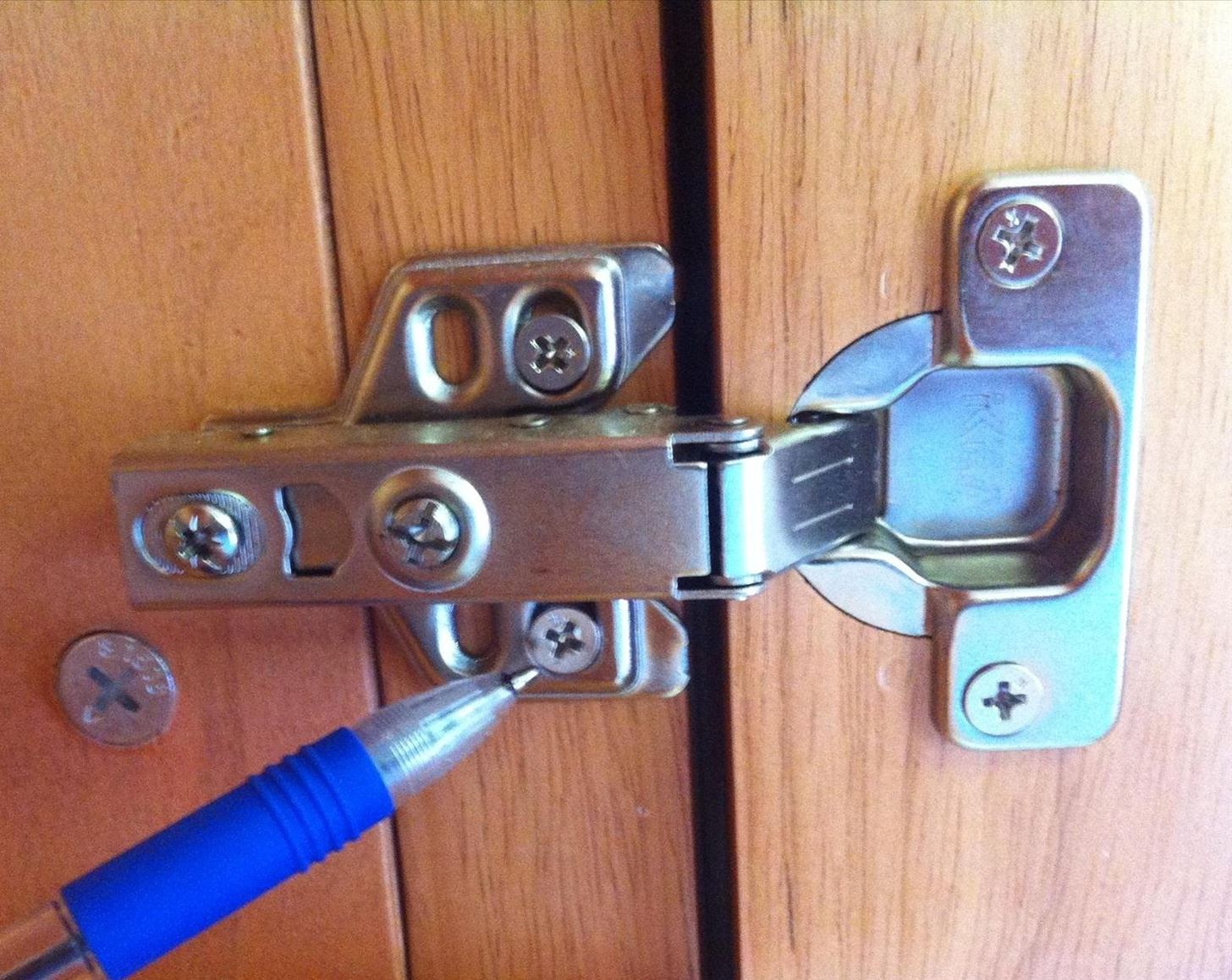Understanding Cabinet Hinge Lights: Cabinet Hinge Lights Installation

Cabinet hinge lights are a modern and practical solution for illuminating the interior of cabinets, enhancing visibility and adding a touch of elegance to your kitchen or bathroom. These lights are seamlessly integrated into the hinges of your cabinet doors, providing a discreet and efficient way to illuminate your belongings.
Types of Cabinet Hinge Lights, Cabinet hinge lights installation
Cabinet hinge lights come in various designs, each offering unique features and benefits. Here are some common types:
- LED Hinge Lights: These are the most popular type, known for their energy efficiency, long lifespan, and bright, cool white light. They are typically powered by batteries or a small transformer.
- Battery-Powered Hinge Lights: These lights are convenient and easy to install, as they don’t require wiring. They typically use small batteries that can last for months, depending on usage.
- Hardwired Hinge Lights: These lights are connected to your home’s electrical system, offering a more permanent and reliable solution. They typically require professional installation.
- Wireless Hinge Lights: These lights are powered by rechargeable batteries and can be controlled remotely using a smartphone app or a remote control. They offer flexibility and convenience, allowing you to adjust brightness and turn the lights on or off from anywhere in your home.
Purpose and Functionality of Cabinet Hinge Lights
Cabinet hinge lights serve a dual purpose: they provide illumination and enhance the aesthetics of your cabinets.
- Illumination: Cabinet hinge lights illuminate the interior of your cabinets, making it easier to find and access your belongings. This is especially helpful in dimly lit areas or when you need to see small items.
- Aesthetics: These lights can add a touch of elegance and sophistication to your cabinets, creating a warm and inviting ambiance. They can also highlight the details and textures of your cabinet interiors, enhancing their visual appeal.
Applications of Cabinet Hinge Lights
Cabinet hinge lights are versatile and can be used in various types of cabinets:
- Kitchen Cabinets: Hinge lights are commonly used in kitchen cabinets to illuminate the contents of pantries, spice racks, and other storage areas. They can also be used to highlight the beauty of decorative items displayed in glass-front cabinets.
- Bathroom Cabinets: These lights are perfect for illuminating bathroom cabinets, making it easier to apply makeup, shave, or brush your teeth. They can also create a more spa-like ambiance in your bathroom.
- Bedroom Cabinets: Hinge lights can be used in bedroom cabinets to illuminate jewelry, accessories, and other items. They can also add a touch of elegance to your bedroom decor.
- Office Cabinets: These lights can be used in office cabinets to illuminate documents, stationery, and other office supplies. They can also help to create a more professional and organized workspace.
Installation Process

Installing cabinet hinge lights is a straightforward process that can significantly enhance the functionality and aesthetics of your kitchen or bathroom cabinets. This section will guide you through the step-by-step installation process, covering the necessary tools and materials, wiring techniques, and common challenges you might encounter.
Tools and Materials
The following tools and materials are required for installing cabinet hinge lights:
- Cabinet hinge lights
- Screwdriver
- Wire strippers
- Wire connectors
- Electrical tape
- Voltage tester
- Power drill (optional)
- Level (optional)
Before you begin, ensure you have the correct type of cabinet hinge lights for your application. These lights come in various styles, including LED, incandescent, and fluorescent. Consider factors like brightness, color temperature, and power consumption when selecting your lights.
Preparing for Installation
Before starting the installation process, ensure you have a clear understanding of the wiring and power source.
- Locate the power source: Identify the closest electrical outlet or junction box to your cabinets. Determine the type of wiring (120V or 240V) and ensure it is compatible with your cabinet hinge lights.
- Turn off the power: For safety, always turn off the power to the circuit you are working on. Use a voltage tester to confirm that the power is off.
- Prepare the mounting area: Clean the surface where you will be installing the lights to ensure a secure connection.
Installing the Lights
Follow these steps to install the cabinet hinge lights:
- Mount the light fixtures: Use the included screws or mounting brackets to attach the lights to the hinges or cabinet frame. Ensure the lights are positioned correctly and securely fastened.
- Connect the wiring: Strip the ends of the wires on the lights and connect them to the corresponding wires from the power source. Use wire connectors to secure the connections and wrap them with electrical tape for insulation.
- Test the lights: After connecting the wires, turn on the power and test the lights to ensure they are functioning correctly. If the lights do not work, check the connections and ensure the power is on.
Troubleshooting Tips
If you encounter any issues during installation, consider the following troubleshooting tips:
- Check the power source: Ensure the power is on and the circuit is not overloaded.
- Inspect the wiring: Verify that the wires are properly connected and secured. Look for any loose or damaged wires.
- Check the bulbs: If you are using incandescent bulbs, make sure they are the correct wattage for the fixture.
- Test the light switch: If the lights are not working, check the light switch to ensure it is turned on.
Safety Precautions
Always prioritize safety when working with electricity. Follow these precautions:
- Turn off the power before working on any electrical components.
- Use a voltage tester to confirm the power is off.
- Avoid touching any exposed wires.
- Keep children and pets away from the work area.
